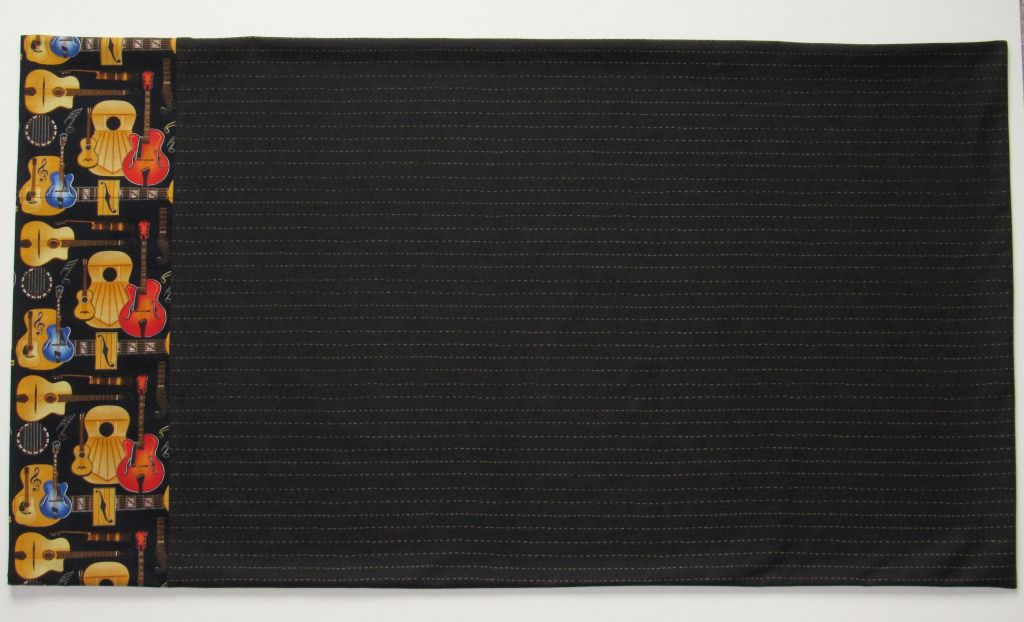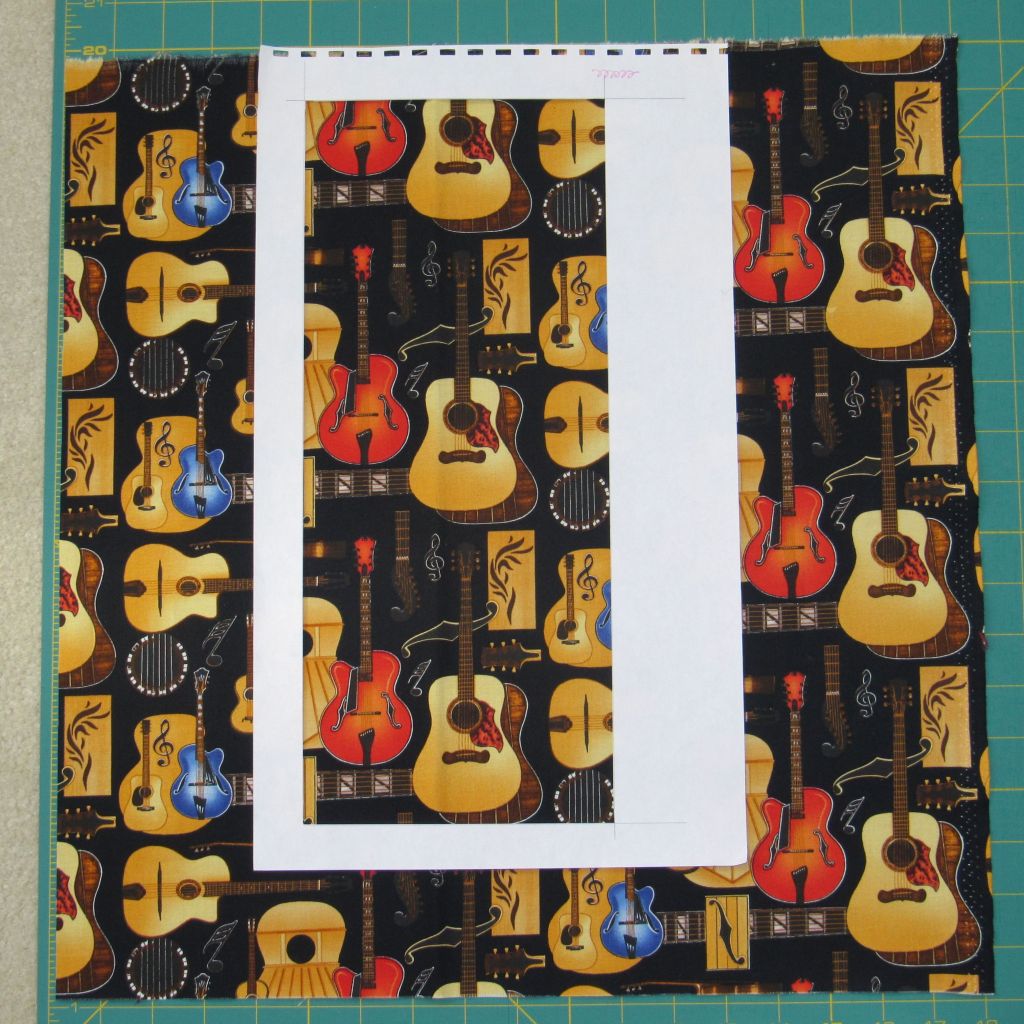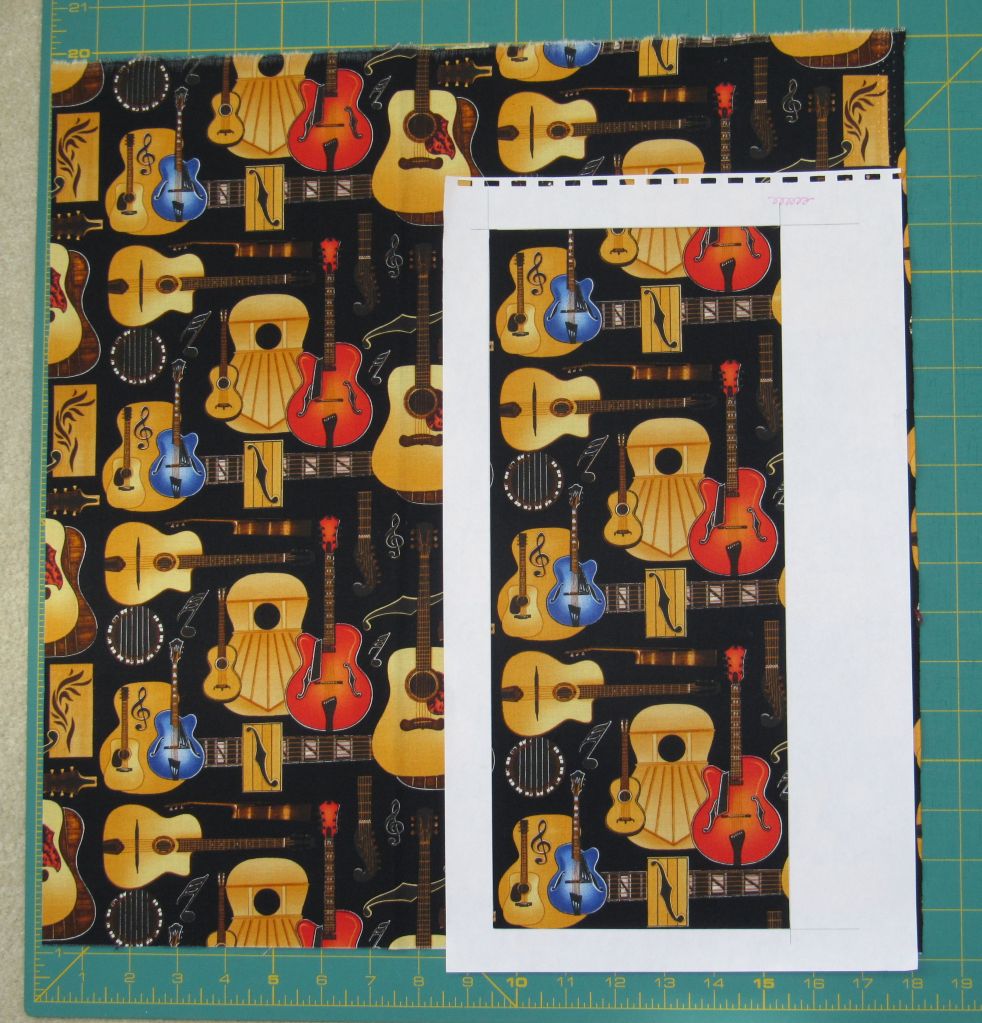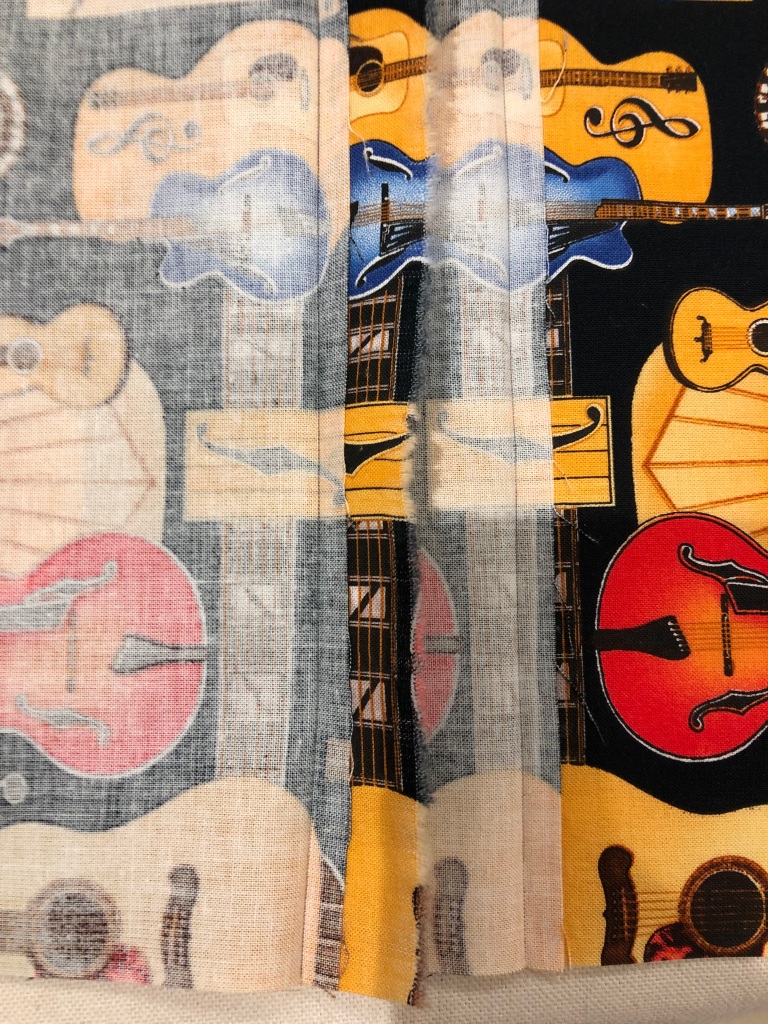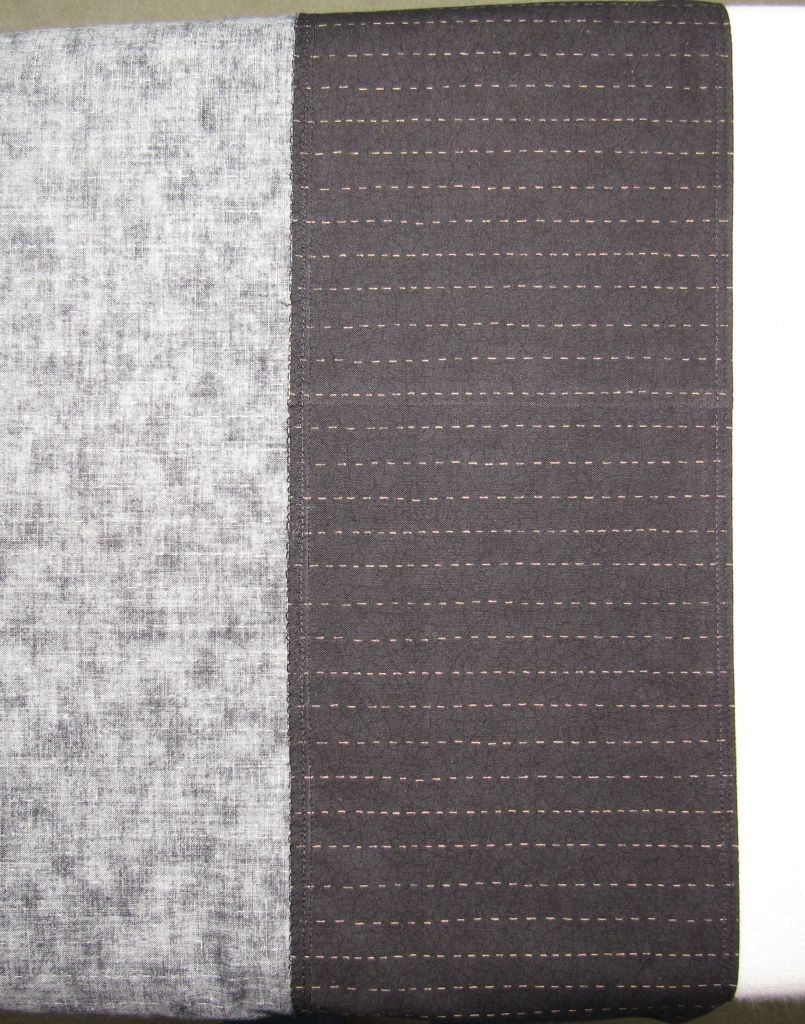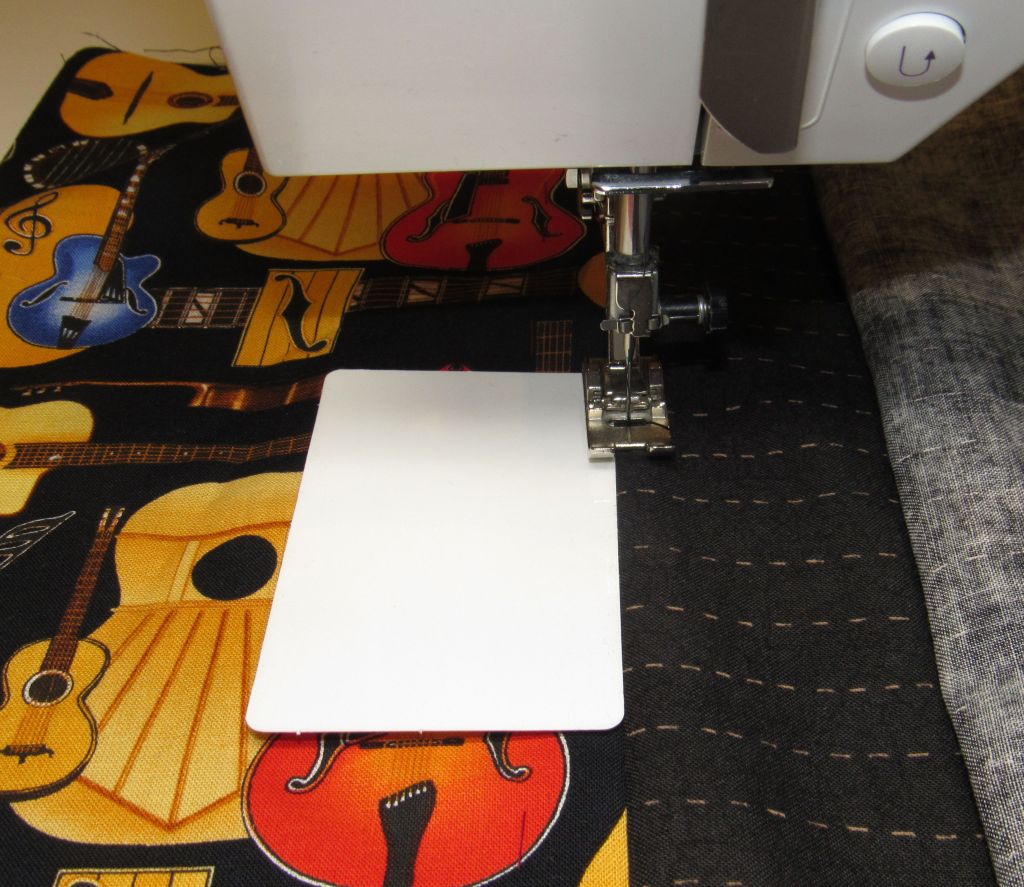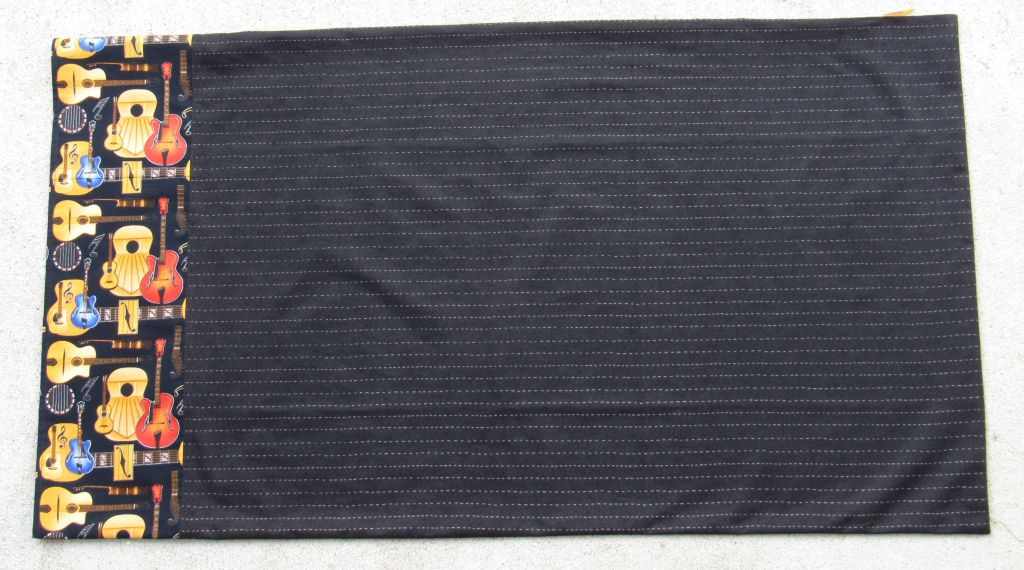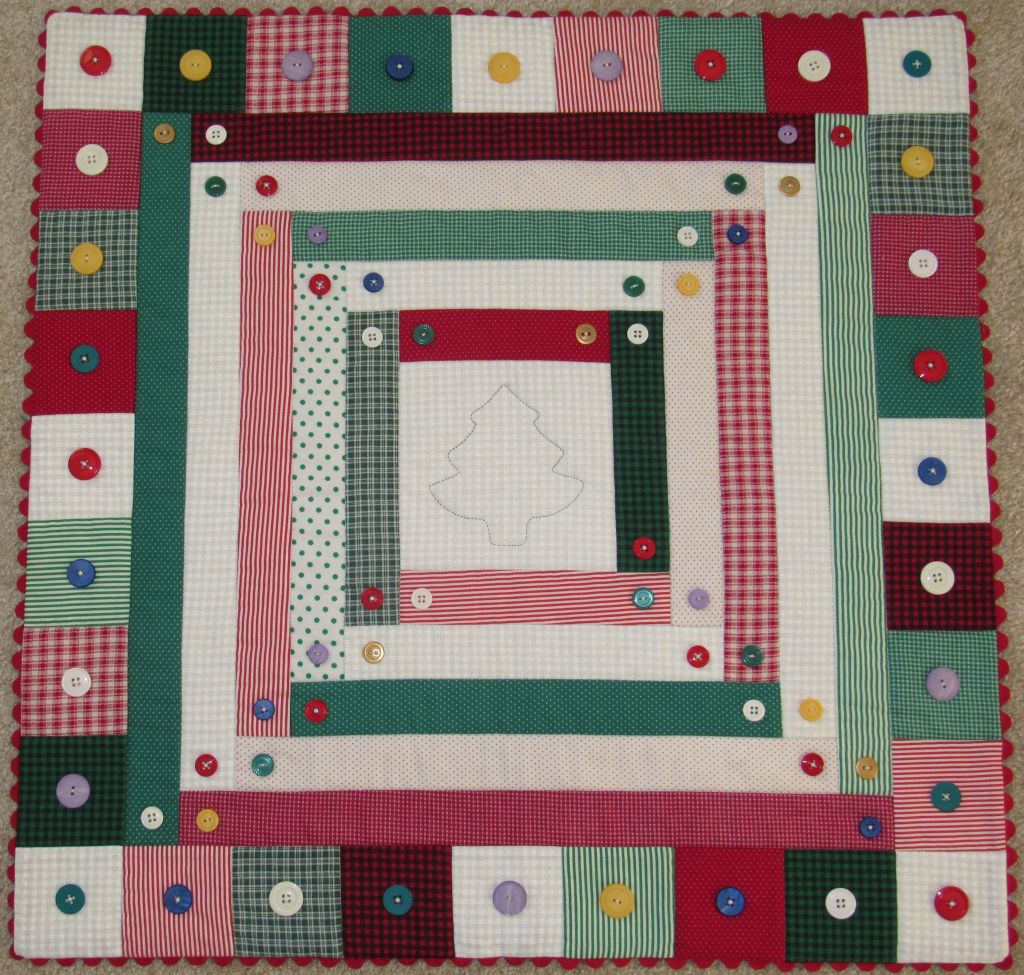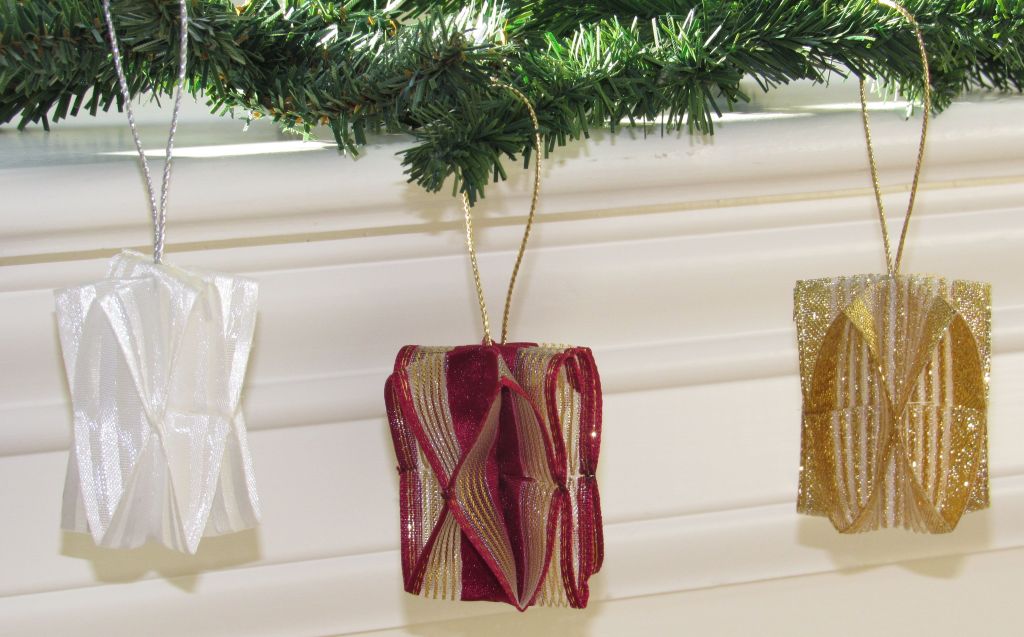After a much-needed, two-year rest, my vintage tree blocks were pulled out of hibernation so I could start putting the top together.
Before officially starting, I made three ugly-fabric mock ups to work through the cutting and sewing details, determine sashing width, piecing order, and setting triangle size. After a couple weeks of fiddling around and fine-tuning, I was finally ready to cut the good fabric.
The first step was to make a template, which would be used to help cut the setting squares from this homespun plaid:

I aligned the straight edges of the template with the lines in the plaid, so the plaid pattern would not appear wonky and crooked. This is sometimes described as cutting off grain, on print, except in the case of a homespun, it would be cutting off grain, on weave – totally worth the effort to maintain balance, calm and order alongside a collection of busy, scrappy, pieced blocks.

I also paid attention to the orientation of the plaid, depending on which side of the vertical center the setting square was located.
The second step was to cut 60 sashing strips from this rich, rusty red solid.

I purchased the 2¾-plus yards (roughly 100 inches) that remained on the bolt because I needed that much length to avoid piecing the sashing, the longest diagonal measuring more than 80 inches. With the strips finishing at one-quarter inch wide, piecing them was out of the question.
A big advantage to cutting the sashing strips along the lengthwise grain was that they would have the least amount of stretch, good for keeping the top square.

I put my mat on the floor to cut these strips. I stabilized the ruler by putting my left knee directly onto the ruler at the bottom, a 5-pound hand weight at the top, and my left hand between those two positions. Applying that amount of pressure along the entire length of the ruler meant that cutting through all four layers without the ruler slipping was almost guaranteed.
I cut the strips on the fat side of the three-quarter inch ruler line to accommodate the bulk of pressing to one side.

Sewing over all the seam intersections in the tree blocks meant that progress was slow and challenged my ability to sew straight.

Every itty-bitty strip of sashing had to be generously pinned. I used the wedged side of a cuticle stick to flatten the seam allowance ahead of the needle piercing it as it advanced through the machine.

Once the needle made contact with the seam allowance, it was necessary to raise the presser foot to make sure the seam allowance wasn’t pushed forward. On top of that, I often needed to insert the compensating plates tool under the back of the presser foot to ensure even feeding of the layers.

Pressing wasn’t easy, either. My preference is to press away from the sashing strip, easy to do in the direction of the setting squares, but a nightmare when it’s going toward a tree block. I may have to rethink this part . . . .

Still, looking at it from the front side gives me hope that everything might be okay in the end.

Getting to this point wasn’t exactly smooth sailing, but I’m pretty pleased with how it’s taking shape. Those tree blocks haven’t lost any of their cool since I made the very first one.

Up next: long diagonal sashing strips.














